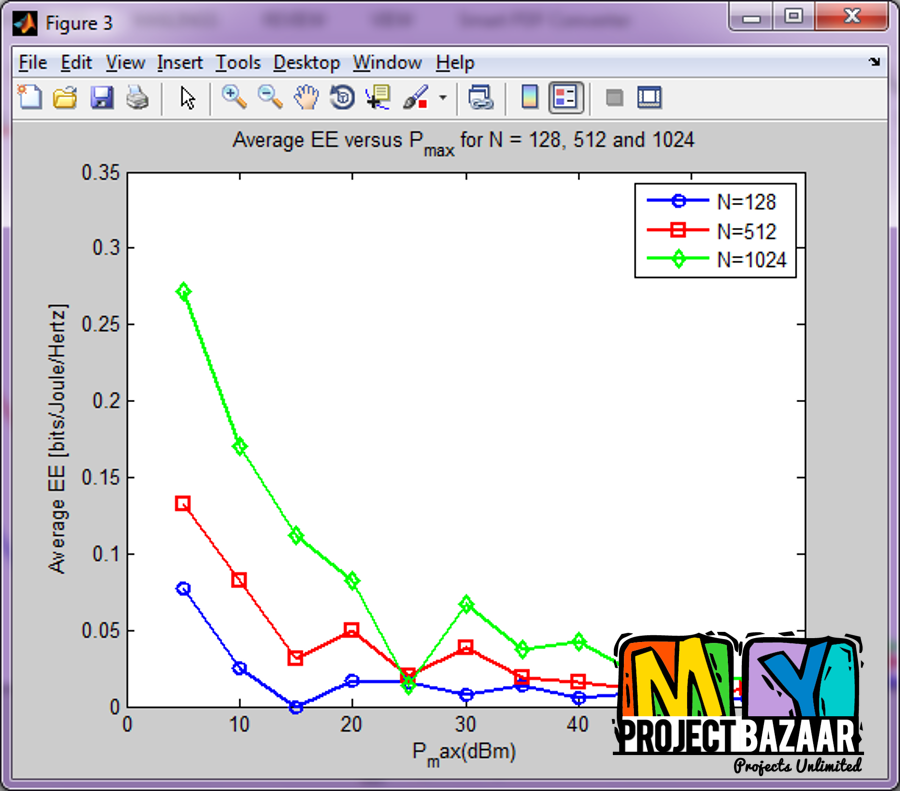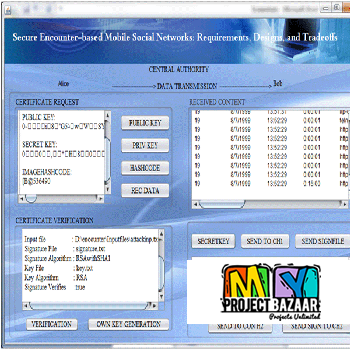
Achieving Maximum Energy-Efficiency in Multi-Relay OFDMA Cellular Networks: A Fractional Programming Approach
Product Description
Achieving Maximum Energy-Efficiency in Multi-Relay OFDMA Cellular Networks: A Fractional Programming Approach
Abstract— The joint power and subcarrier allocation problem is solved in the context of maximizing the energy-efficiency (EE) of a multi-user, multi-relay orthogonal frequency division multiple access (OFDMA) cellular network, where the objective function is formulated as the ratio of the spectral-efficiency (SE) over the total power dissipation. It is proven that the fractional programming problem considered is quasi-concave so that Dinkelbach’s method may be employed for finding the optimal solution at a low complexity. This method solves the above-mentioned master problem by solving a series of parameterized concave secondary problems. These secondary problems are solved using a dual decomposition approach, where each secondary problem is further decomposed into a number of similar sub problems. The impact of various system parameters on the attainable EE and SE of the system employing both EE maximization < Final Year Projects 2016 > EEM and SE maximization (SEM) algorithms is characterized. In particular, it is observed that increasing the number of relays for a range of cell sizes, although marginally increases the attainable SE, reduces the EE significantly.
Including Packages
Our Specialization
Support Service
Statistical Report

satisfied customers
3,589
Freelance projects
983
sales on Site
11,021
developers
175+Additional Information
| Domains | |
|---|---|
| Programming Language |

















